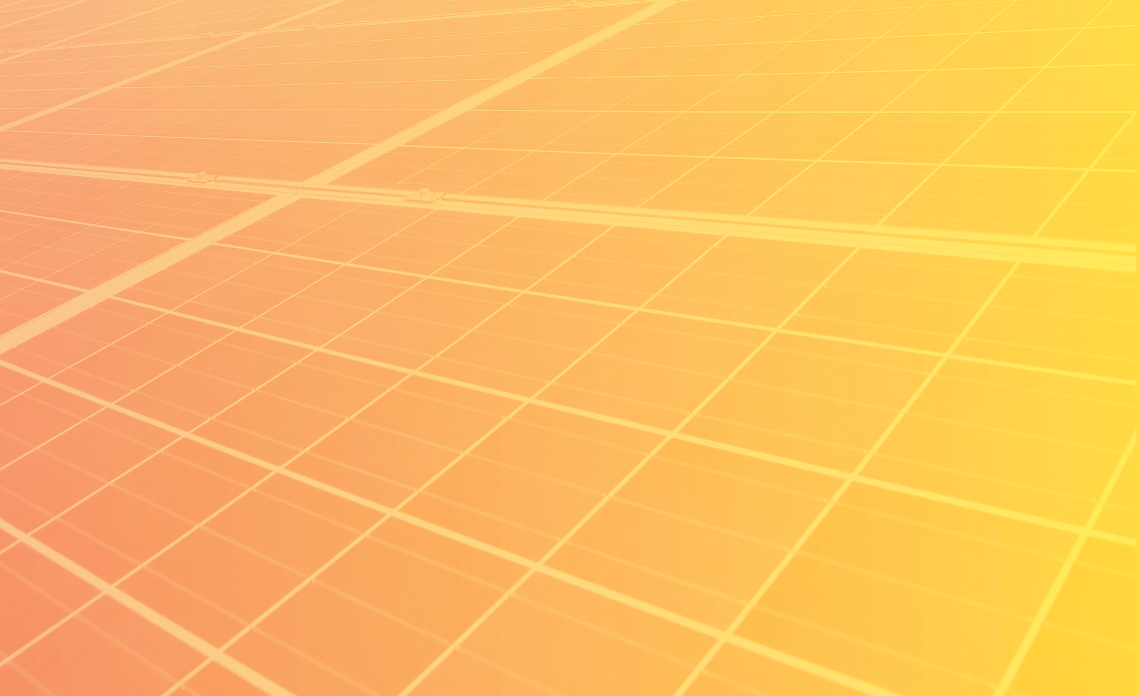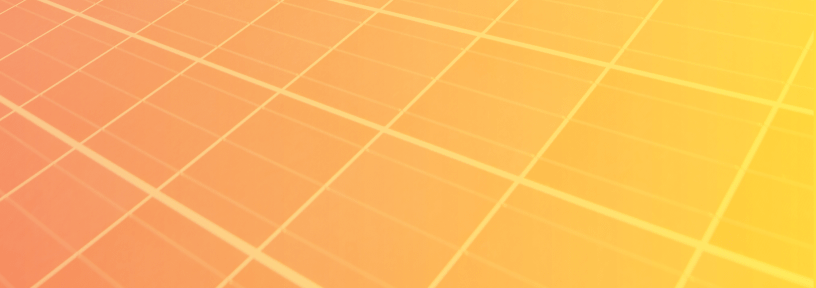Hundreds of thousands of Victorians are using rooftop solar panels to generate free energy from the sun.
But how do solar panels actually work?
As soon as the sun starts to rise, solar panels get to work, helping power your home all day.
Solar panels convert sunlight into electricity.
This electricity runs through a device called an inverter into your home, helping power your appliances.
Any spare power can either be exported to the electricity grid for others to use, or stored in a solar battery, if you have one, so you can use it later.
Solar panels work through rain, hail, or shine.
They generate the most electricity when there's direct sunlight, but even on cloudy days, they are still hard at work.
They will just produce less electricity than in bright sunshine.
The only time solar panels will not work is at night.
That is when the electricity grid or your solar battery steps in and provides power to your home.
Every kilowatt of power that you use from your solar system means less money that you have to pay to power your home.
With solar panels, you can cut your bills and do your bit to help the climate by reducing carbon emissions.
There is a cost to install them, but you can save much more in the long term thanks to lower energy bills every single year.
Solar Victoria offers rebates to help reduce the upfront cost of installing rooftop solar.
Visit solar.vic.gov.au to learn about how you can put the sun to work.
Updated

